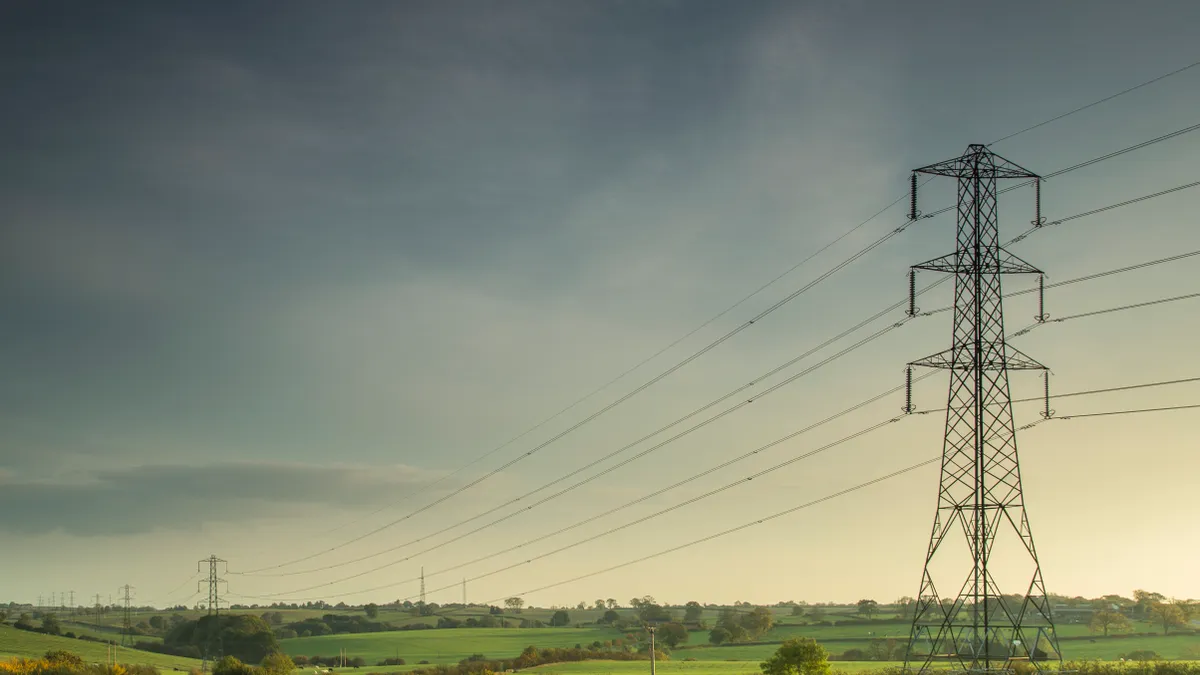Dive Brief:
- The Federal Energy Regulatory Commission on Dec. 23 approved Southwest Power Pool's (SPP) Western Energy Imbalance Services (WEIS) tariff, moving the grid operator a step closer to launching the real-time balancing market in February.
- In its order approving the tariff, FERC said it expects the new market will make a broader pool of resources available to serve load, "enabling participating utilities to meet their energy imbalance needs at lower cost." There will also be reliability improvements through effective management of transmission constraints, according to the commission.
- SPP says it has been testing the WEIS environment since early December through a period of "parallel operations" with its market participants. The market will initially include eight utilities, according to FERC's order.
Dive Insight:
SPP has been working to launch the WEIS for more than a year and is now just a few weeks away, with the potential to expand the market in the future.
The grid operator is pleased with FERC's order and ready to continue implementation efforts "which are well on their way," Bruce Rew, SPP senior vice president of operations, said in a statement.
Rew called the order “another significant milestone" toward a planned Feb. 1 start.
The market will initially consist of the following utilities: the Western Area Power Administration, acting separately and individually as WAPA Colorado River Storage Project, WAPA Rocky Mountain Region, and WAPA Upper Great Plains Region; Basin Electric Power Cooperative; Tri-State Generation and Transmission Association; Deseret Generation & Transmission Cooperative; Municipal Energy Agency of Nebraska;
and Wyoming Municipal Power Agency.
The new imbalance market will operate in the Western Interconnection and could help to bring more renewable energy online, though utilities will ultimately make decisions regarding their own resource mix.
FERC in its order said the new market "will improve energy imbalance management by making a broader pool of resources available to serve load, enabling participating utilities to meet their energy imbalance needs at lower cost."
The commission also said it expects the WEIS "will improve reliability by managing resources that could relieve transmission constraints more effectively, leveraging a larger, more diverse set of resources to operate the system within limits and creating price signals that lead to actions that could enhance reliability."
SPP told regulators that the rate to administer the WEIS for the first year will be $0.22/MWh of net energy for load and is based on an estimated $5 million dollars in ongoing costs and the annualized payback of the initial implementation costs.
The grid operator said the new tariff includes a market participant agreement effective on the date market participants begin their involvement in the new market. The WEIS tariff will be administered separately from SPP's Open Access Transmission Tarriff.
SPP previously operated an imbalance market from 2007 to 2014, and officials say that market saved participants about $100 million in its first year of operation. But because the size and footprints are different, the grid operator cautions it is too soon to know what savings the new WEIS will produce.
SPP also announced in November that it has received letters from several WEIS participants who have committed to evaluating full membership in the SPP regional transmission organization. SPP plans to facilitate a new-member integration process to evaluate the costs, benefits and other impacts of this potential move, and said it will do so simultaneously with the WEIS implementation effort.














